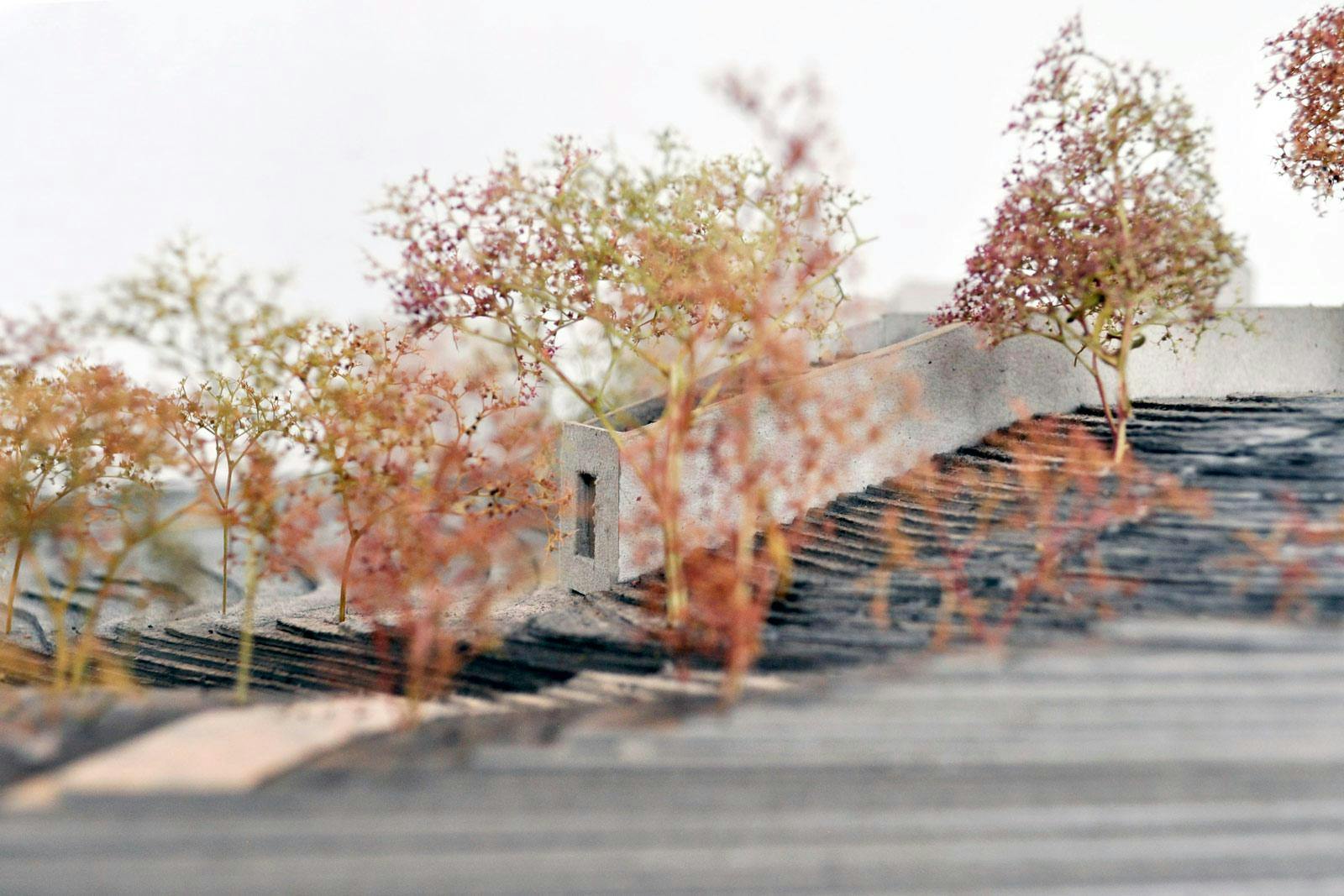ProjectShropshire Farm
LocationShrewsbury
ClientPrivate
StatusConstruction
Farm renovation using existing materials in rural Shropshire
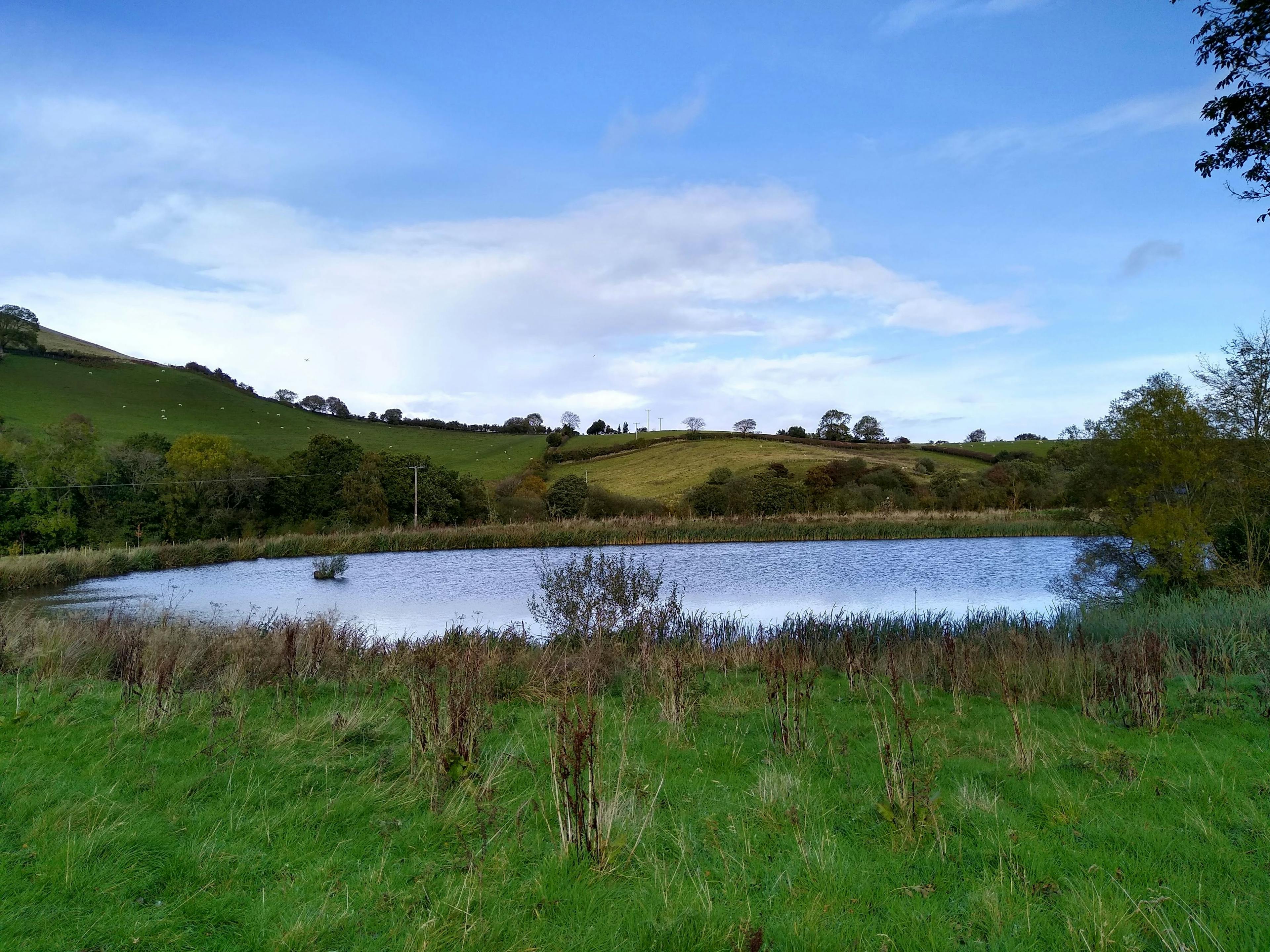
Our proposal for a farm renovation in rural Shropshire promotes the removal or reuse of dilapidated buildings at an existing farmstead.
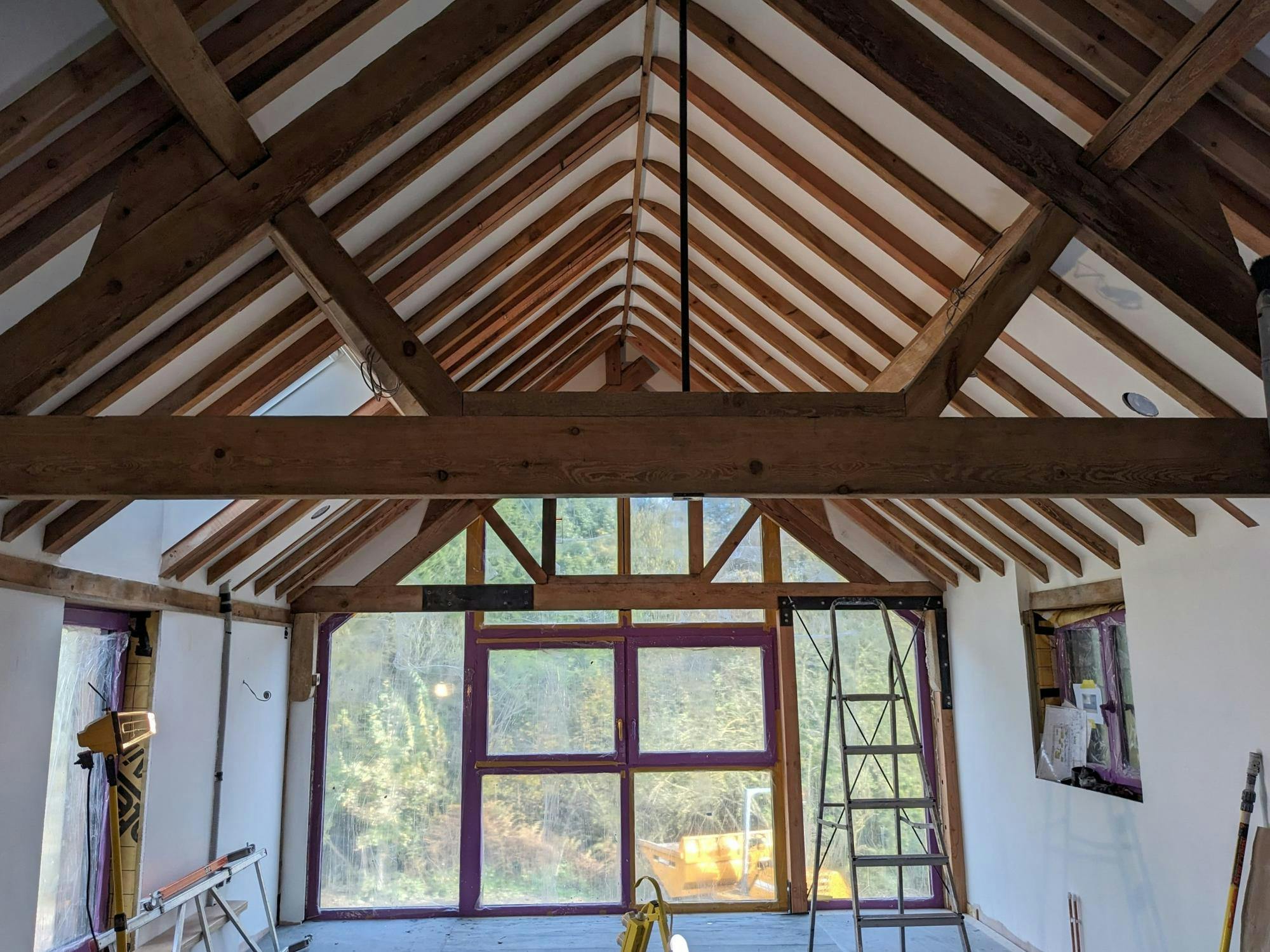
The proposal recognises the fundamental need for the overall farmstead cluster to be a highly functional farm, at the same time as using an environmental design approach that looks to retain and re-use buildings and materials where possible. The design of the new buildings is based on best practice, fabric first principles with a view to minimising embodied and operational energy requirements.
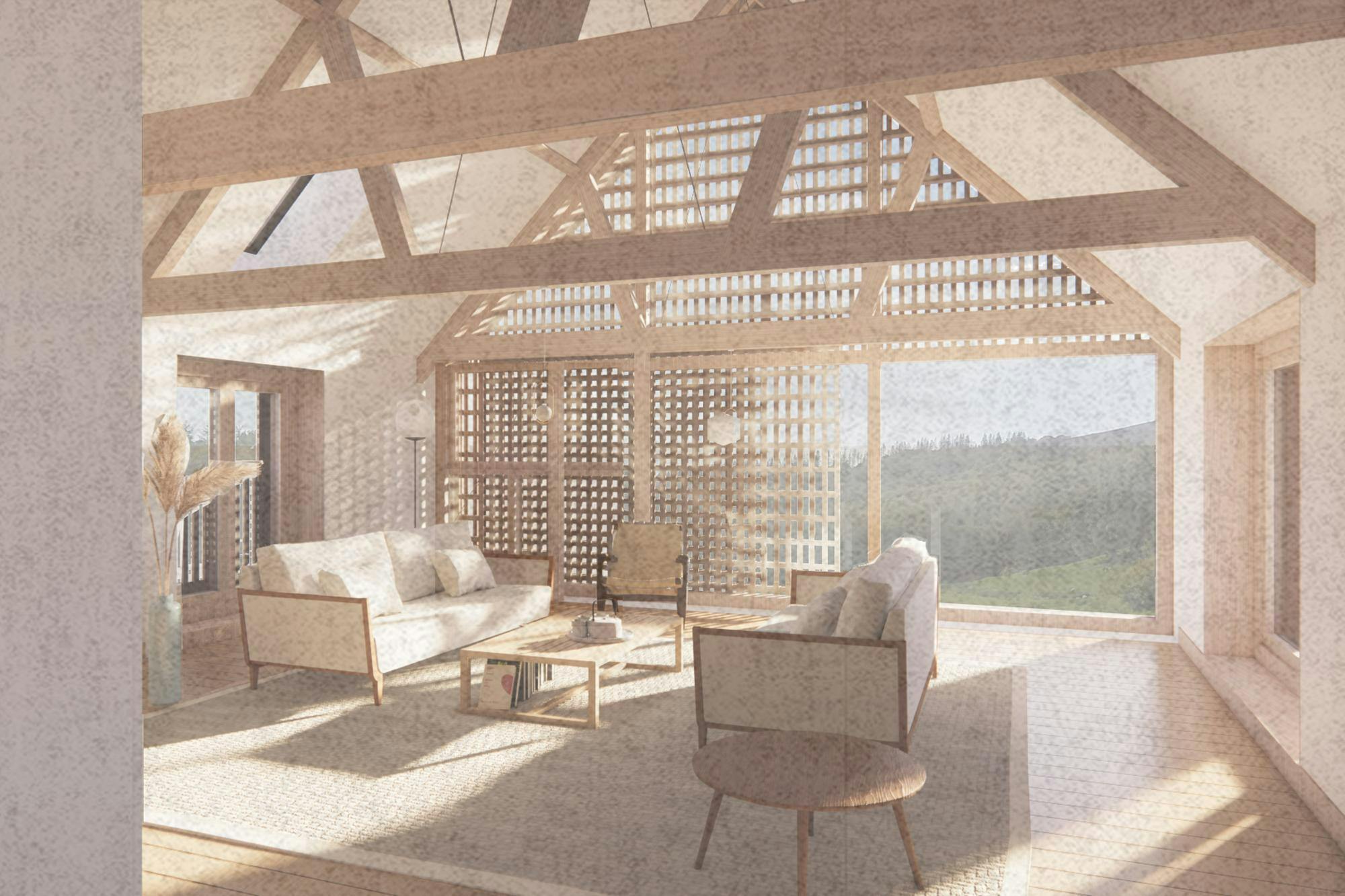
Our sensitive approach uses the existing farmstead, wider landscape and local vernacular as a starting point for design development.
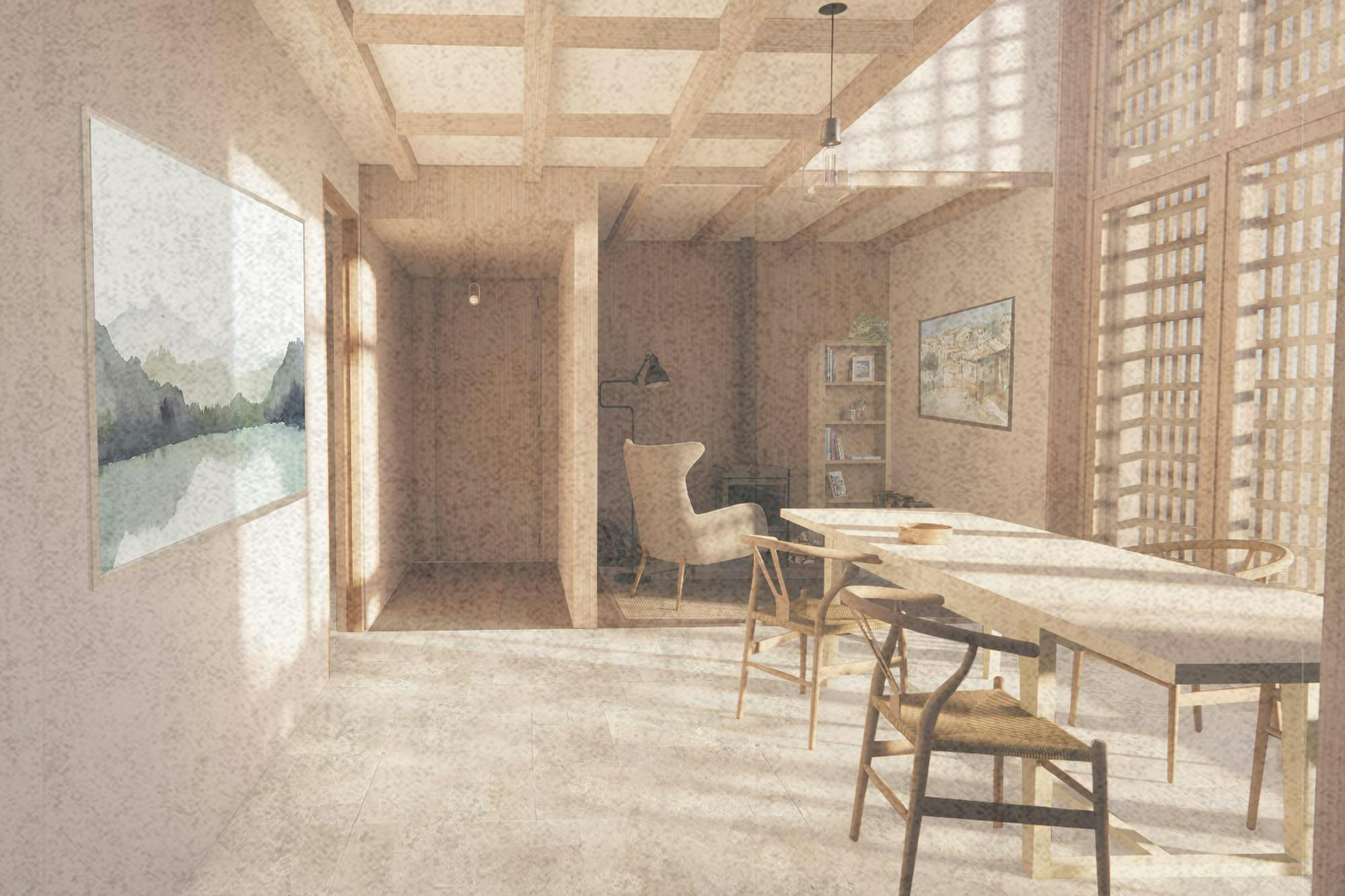
Innovative Renovation Strategy: Circular Design and Material Re-Use
To lower embodied energy, the primary aim is to eliminate materials that require energy hungry processes to produce, and to detail new buildings in such a way that materials can be reused or easily recycled.
The building envelope also needs to perform at levels of future compliance rather than those set today, taking into account changing weather patterns and the likelihood of more extreme weather.
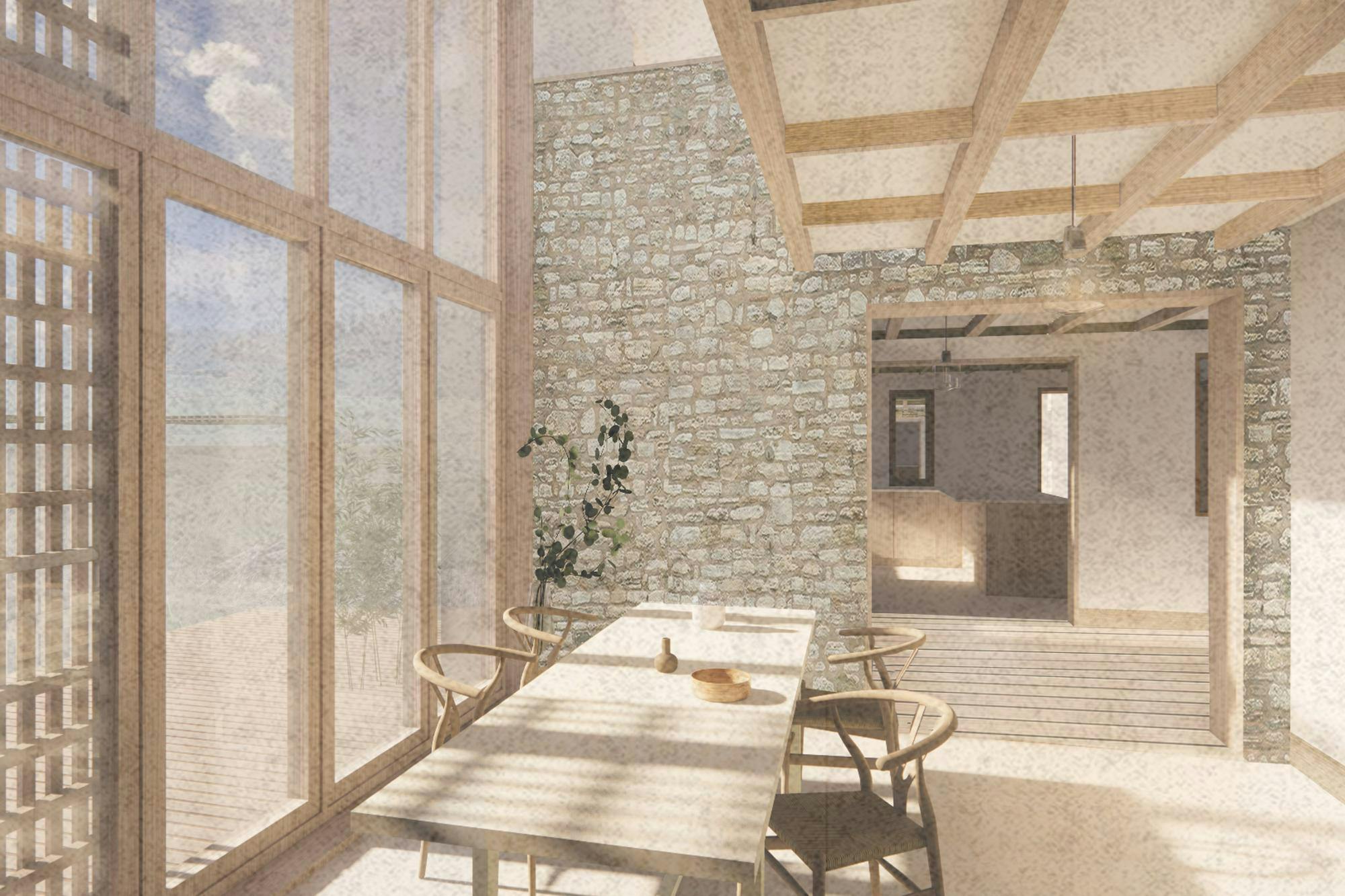
Farm Renovation Landscape Design
The landscape strategy entails the introduction of specimen trees, shrubs and structure planting which would further ease the farmstead into its surroundings. The proposal starts to rationalise the existing buildings into a more ordered collection of residential agricultural and domestic ancillary buildings whilst being consistent with the ‘low density and dispersed settlement pattern.’
The introduction of a Bat loft, HaHa’s, planting, a new pond and growing/cultivating areas, start to enhance the landscape character of the overall scheme, bringing back it’s working farmstead identity.
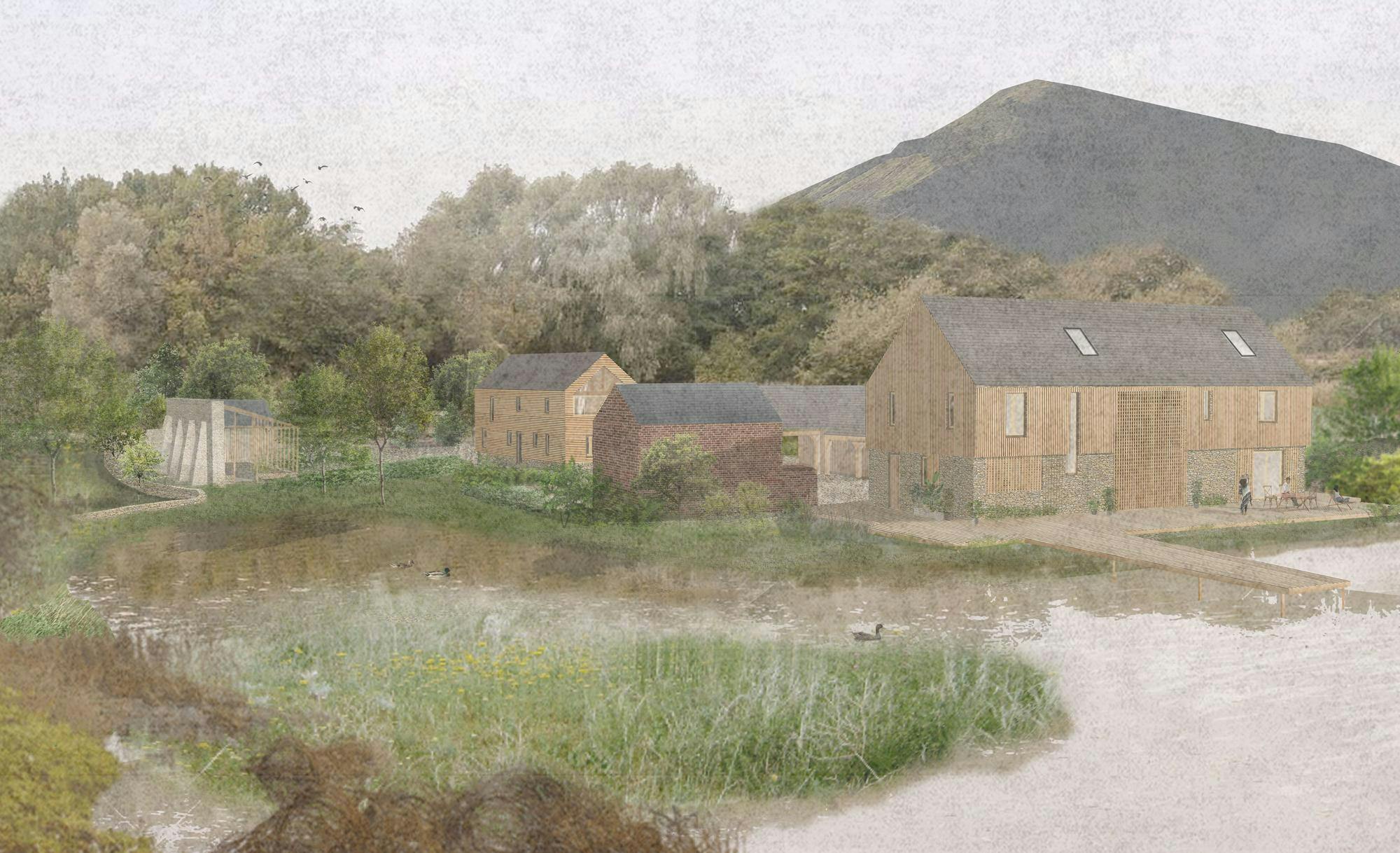
Energy Efficient Renovation Design
Elevation studies tested composition of chimney and glazing and optimising thermal gains according to the south and north orientations. To prevent overheating, the southern glazing requires solar shading throughout the year, whilst also needing to maximise solar gains in the winter months when the sun is lower in the sky. This took form in variations in window sizes, timber cladding sizes and a specific shutter design. By calculating the spacing and sizes of the battens, the high 62° sun is restricted from entering the large glazed spaces and at the lowest 14° winter sun, light is permitted into the space to maximise solar gain.


